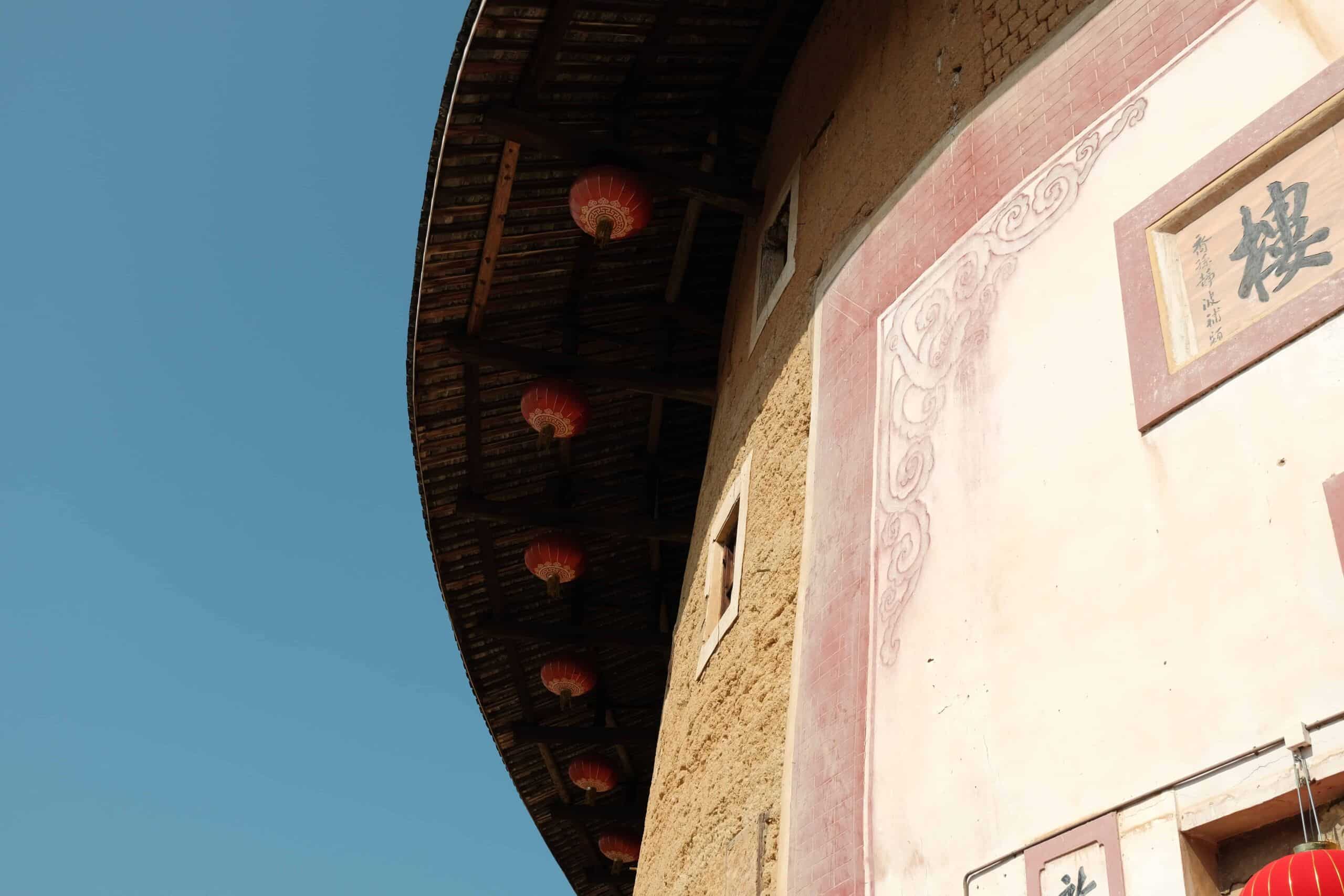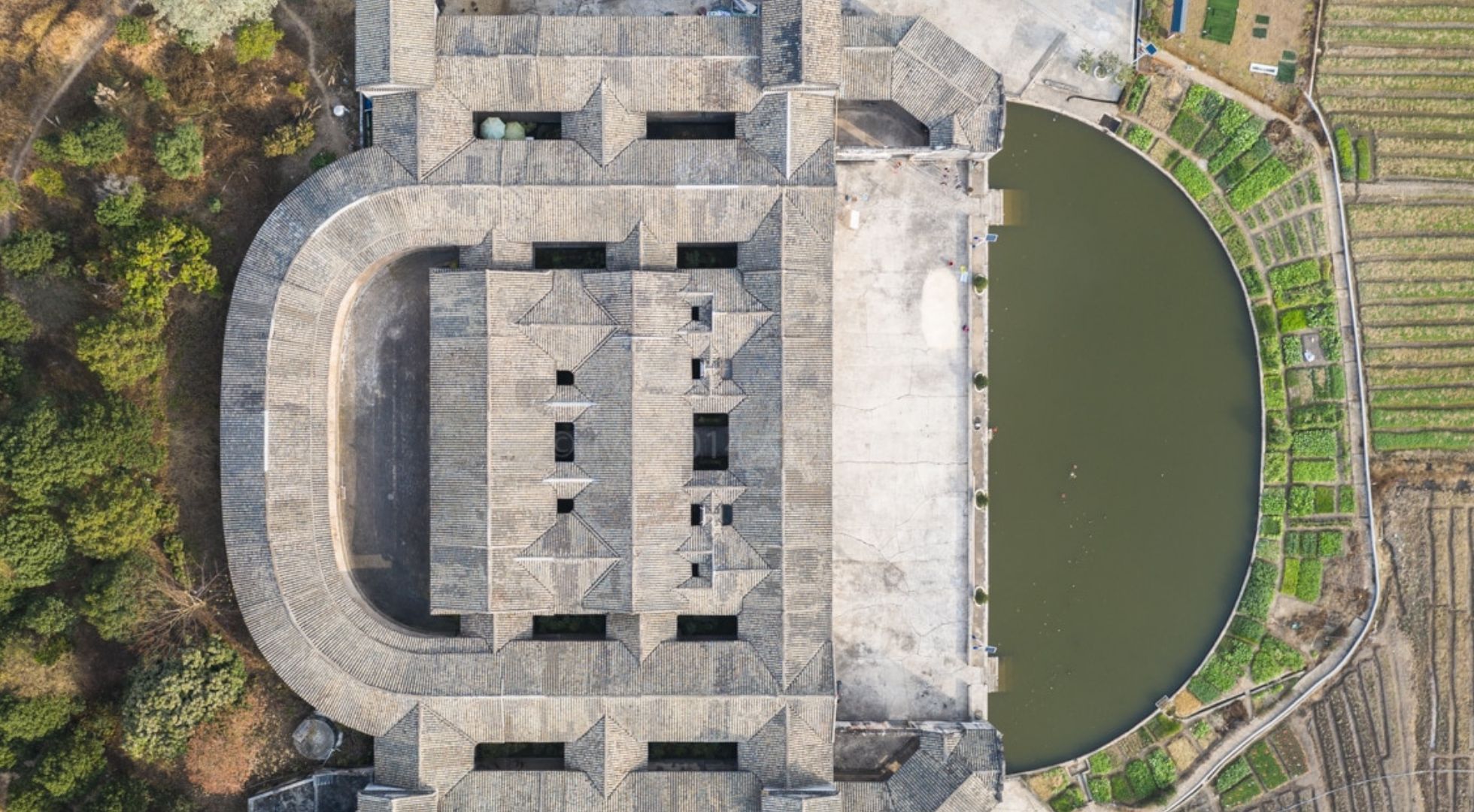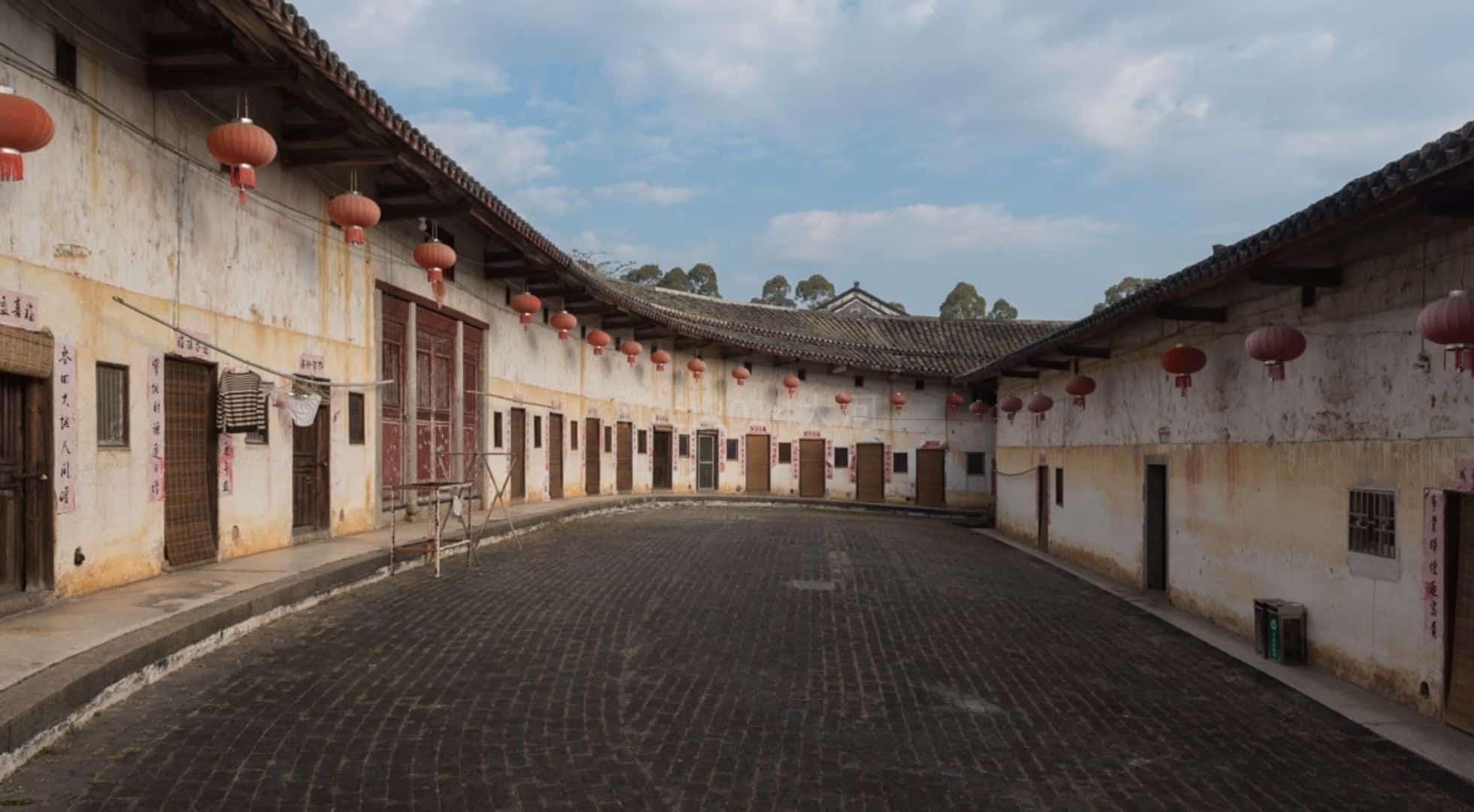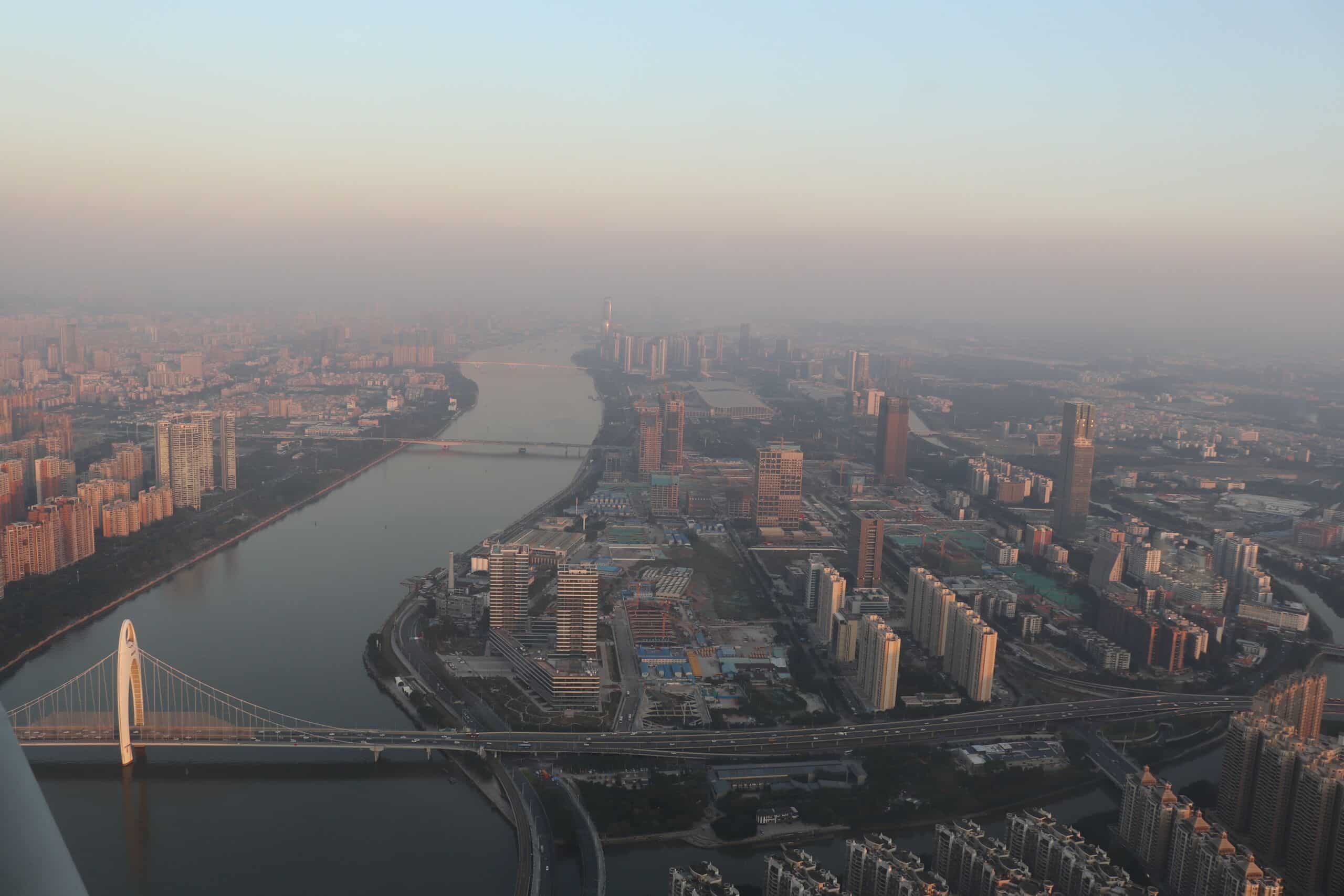Southern China: Travelling to your China Ancestral hometown
There is an estimation of over 50 million overseas Chinese around the world. As ethnically Chinese communities outside of Mainland China, they are also described as huáqiáo (华侨).
With that, communities of overseas Chinese in various parts of the world have assimilated into their new countries to varying degrees. This is, of course, contingent on how early Chinese people had reached their shores. But as the Chinese have a long history of migration, dating as far back as the 10th century – it has become part of the Chinese culture to set off in search of opportunities outside of mainland China.

Throughout the 19th and 20th centuries, Chinese citizens from Southern China, largely from the Fujian and Guangdong region, had set off for new life in Southeast Asia – also due to the proximity of the region to China. Some of the largest overseas Chinese communities currently reside in the region, making up the majority of the population in Singapore (a majority at 75%), Malaysia (as a second-majority, largest minority at 22.4%), Thailand (at 14%) and Brunei (10%).
The Chinese in Southeast Asia have managed to maintain a distinct ethnic identity, preserving their traditions and ties to Mainland China. With that, most are still able to track their ancestral homes. Even for those whose ancestors emigrated generations ago and may not be able to trace the exact address of their ancestors, it is still a wonder to track the footsteps of your forefathers.
For those whose ancestors do not come from Southern China, it is still a slice of history which highlights the shifting paths that have led to the communities and cultural identities which make up the melting pot of citizens around the world.
HAKKA PEOPLE IN GUANGDONG AND FUJIAN
Guangdong and Fujian are two coastal neighbouring provinces on the mainland of South China. Due to their geography, they have economically contributed to the country as a trading port, with Fujian facing the Taiwanese straits and Guangdong facing the South China Sea. Like other parts of China, cities within these provinces have been hyper-modernised to transport the country into the 21st century. Nonetheless, there is a preservation of history and culture that adds to the layers of this ancient land.
Guangdong (also known as Canton) is the most populous province in China. Its largest and capital city is Guangzhou; the city of Shenzhen has also been modernised to become one of the special economic zones in China.
Fujian province is northwest of Guangdong province and is across the Taiwanese straits, with Fuzhou as its largest city. Other popular cities to visit in the province include Xiamen and Quanzhou. There is a large population of Hakka people from these two provinces, and the main dialects spoken in both these provinces are Hakka, Hokkien and Cantonese.
While Hakka people (an ethnic group of Han Chinese) can be found all over the world, the origins of their settlements can be found in the mountainous areas of Meizhou in Guangdong province and Nanjing and Longyan regions in Fujian province. Their settlements are still preserved in clusters, and while they’re not exclusively found in these areas, these are the more famous areas where their residential structures are still intact.
Many Hakkas would continue this migratory tradition beyond these settlements in Guangdong and Fujian, as you can find many Hakka descendants dispersed in some of the most remote parts of the world.
Guangdong Region
Guangdong is often referred to as the “Factory of the World” due to its thriving manufacturing industry. The province has been a major driver of China’s economic growth and is home to many successful export-oriented industries.
Guangdong has a vast population, making it one of the most populous provinces in China. It is culturally diverse, with a mix of different ethnic groups and dialects. The dominant language spoken in Guangdong is Cantonese. The provincial capital of Guangdong is Guangzhou, a dynamic and cosmopolitan city. Guangzhou serves as an important centre for trade, finance, and transportation in southern China. It also hosts the Canton Fair, one of the largest trade fairs in the world.
Guangdong is part of the Pearl River Delta region, which includes other major cities like Shenzhen, Dongguan, and Foshan. This area is renowned for its rapid urbanisation, manufacturing prowess, and technological innovation. It has a rich history and cultural heritage. The province has been a centre of trade and cultural exchange for centuries, leaving behind numerous historical sites, ancient temples, and traditional villages that showcase its unique heritage.
Guangdong cuisine, also known as Cantonese cuisine, is highly regarded both within China and internationally. It is famous for its diverse range of flavours, use of fresh ingredients, and delicate cooking techniques. Dim sum, roast goose, and various seafood dishes are popular examples of Guangdong cuisine.
guangdong region: the hakka coiling dragon house
In Meizhou, you will find the Hakka Coiling Dragon house, dating about 200 to 500 years old. These distinctive architectural structures convey unique Hakka culture and customs from centuries ago, one of which family clans had lived near each other creating these communal homes.



The name of the structure is due to the sloping terrain it is built on, giving the appearance of a curving shape resembling a dragon. Rows of rooms are laid in a semi-circle, facing a plaza where communal living takes place. Completing the other side of the circle is a pond for farming, irrigation and is used as a water source. As the structure is on plateaued land, the height of the rooms gradually rises from the front to the back – this helps with ventilation, better lighting and drainage.
To protect themselves from attacks of any kind (be it animal or human), ancient Hakka residential structures are also constructed to be a fortress of defense. These structures allowed the residents to survey the situation from the inside, and also attack their enemies from higher vantage points. There are multi-storied corner towers where arms supplies can be stored to defend their home from above.
These wood and earth structures can take anywhere from five to 10 years to build, first erecting the walls which are at least one metre thick and at least 15 metres tall.
One coiling dragon building usually houses several generations of a family, which can mean up to hundreds of people. This collective living enforces tight-knit Hakka traditional values and ethics within the group while weaving together Chinese philosophy and ancient beliefs.



The Pananwei Hakka house in Xingning City in Meizhou, Guangdong Province. Built in 1895 with 122 rooms and 21 patios, the house still has inhabitants (but perhaps in not all of its rooms), and is also open to tourists. Most of the younger generation Hakkas have left for the bigger cities in search of work, and most of the inhabitants left behind are the older folks.
The house itself has a semicircular structure with a semicircular pond forming a complete circle on the other end. This symmetrical design places the Dragon Hall in the centre which is also one of the main public communal areas for families to convene. The house has been equipped to be sufficient for anyone to subsist inside for a whole year without having to venture outside for supplies.
Fujian
Fujian has a long maritime history and is historically known as a centre of maritime trade and exploration. It was a starting point for many Chinese maritime expeditions during the Ming Dynasty, led by the famous explorer Zheng He.
Fujian is renowned for its tea production and is considered one of China’s major tea-growing regions. It is particularly famous for producing oolong teas such as Tie Guan Yin and Da Hong Pao, which are highly regarded for their unique flavours and aromas.
Did you know that Fujian is home to several UNESCO World Heritage Sites? These include the historic Fujian Tulou, which are unique round or square earthen buildings that served as fortified residences for local clans, and the Wuyi Mountains, known for their breathtaking landscapes and tea cultivation.
The province is dotted with numerous cultural and religious sites. Notable examples include the historic city of Quanzhou, which was a major seaport during the ancient Silk Road era, and the Kaiyuan Temple, one of the oldest Buddhist temples in China.
Fujian is the heartland of Minnan culture, which encompasses the customs, traditions, and language of the southern Fujian region. The Minnan dialect, often referred to as Hokkien or Southern Min, is widely spoken in Fujian and has a significant influence in overseas Chinese communities.
Fujian’s coastline offers scenic beauty, with picturesque beaches, islands, and rugged cliffs. The coastal areas, such as Xiamen and Gulangyu Island, are popular tourist destinations, known for their charming architecture, seaside promenades, and vibrant food scenes.
Fujian: Stay In A Tulou
Similar to the Coiling Dragon Houses in Guangdong, Fujian has its own unique architectural marvel known as tulou, which translates to ‘mud castle’ due to its construction materials. These tulou clusters are also in the rolling mountainous regions of Nanjing, which is 40 minutes away by high-speed rail from Xiamen City. From there, it is another hour by car from Nanjing train station to the tulou clusters.
While its architectural purpose for defense and shelter for residents is the same as the Hakka residential dwellings in Guangdong, the tulou allows tourists to even stay for a night or two. Like the houses in Guangdong, they house hundreds of Hakka people (usually from the same clan, spanning generations), and are also built to be defensive fortresses from enemies.



Architecturally, however, the tulou are distinct with their round shapes and structures, although there are also some which come in a rectangular shape. There is also only one exit and entrance, and at three to four stories high, each floor of the tulou serves a specific purpose. The ground floor is kept windowless to keep livestock, the second floor is kept for storing grains (away from being washed away on the lower stories), and the higher stories are used as living spaces. The middle courtyard holds a well for water and also serves as a communal space.
These large, earthen buildings are well-preserved, with the courtyard’s centre serving multiple purposes for the family – as a school for the children of the tulou, an ancestral hall for worship and prayer, and a big enough space for the family to gather.
Although it is possible to stay at a tulou, many travellers opt to stay at the guesthouses nearby instead, just inside the village, but outside the tulou cluster. Mostly this is because there is no modern plumbing inside the tulou and guests would have to venture outside to use the public restrooms. Alternatively, guesthouses will provide you with comfortable digs for a night or two, and with an ensuite bathroom. It’s located metres away from the famous tulou cluster and you would be hosted by a Hakka family, where you can also taste the local cuisine, and organise transportation to the surrounding tulou areas during your stay in the area.
The tulou clusters have been preserved as a UNESCO heritage site, and out of the 46 UNESCO-listed tulou, 23 are in Yongding County. Within the county, there are thousands of other tulou in clusters in Hongkeng, Chuxi, Nanxi, and Gaobei which are purported to have the best tulou in the county.
In the surrounding regions, there are many tea plantations and idyllic banyan tree-flanked riverbanks to take in the rural tranquillity of the countryside. While the preservation of the tulou has been hailed as an architectural marvel, it is also a place to boast picturesque views from the observation decks high on the top stories of the tulou. Locals are also extremely proud of their tradition of rice wine distillation and the chance to extend their warm Hakka hospitality.



Embarking on a journey to your ancestral hometown in southern China is a remarkable experience that goes beyond typical travel adventures. It offers a profound connection to your roots, allowing you to discover the land where your ancestors once lived, worked, and thrived. From exploring vibrant cities like Guangzhou and Xiamen to delving into the cultural heritage of Fujian and Guangdong, every step unravels the layers of your family’s history.
Whether you find yourself walking through ancient temples, savouring the diverse culinary delights, or marvelling at the architectural wonders, southern China welcomes you with open arms, beckoning you to uncover the stories of your past.
Let us help you plan your trip back to your ancestral home!
REACH OUT TO US at +603 2303 9100 or
[email protected]
You may also be interested in:
